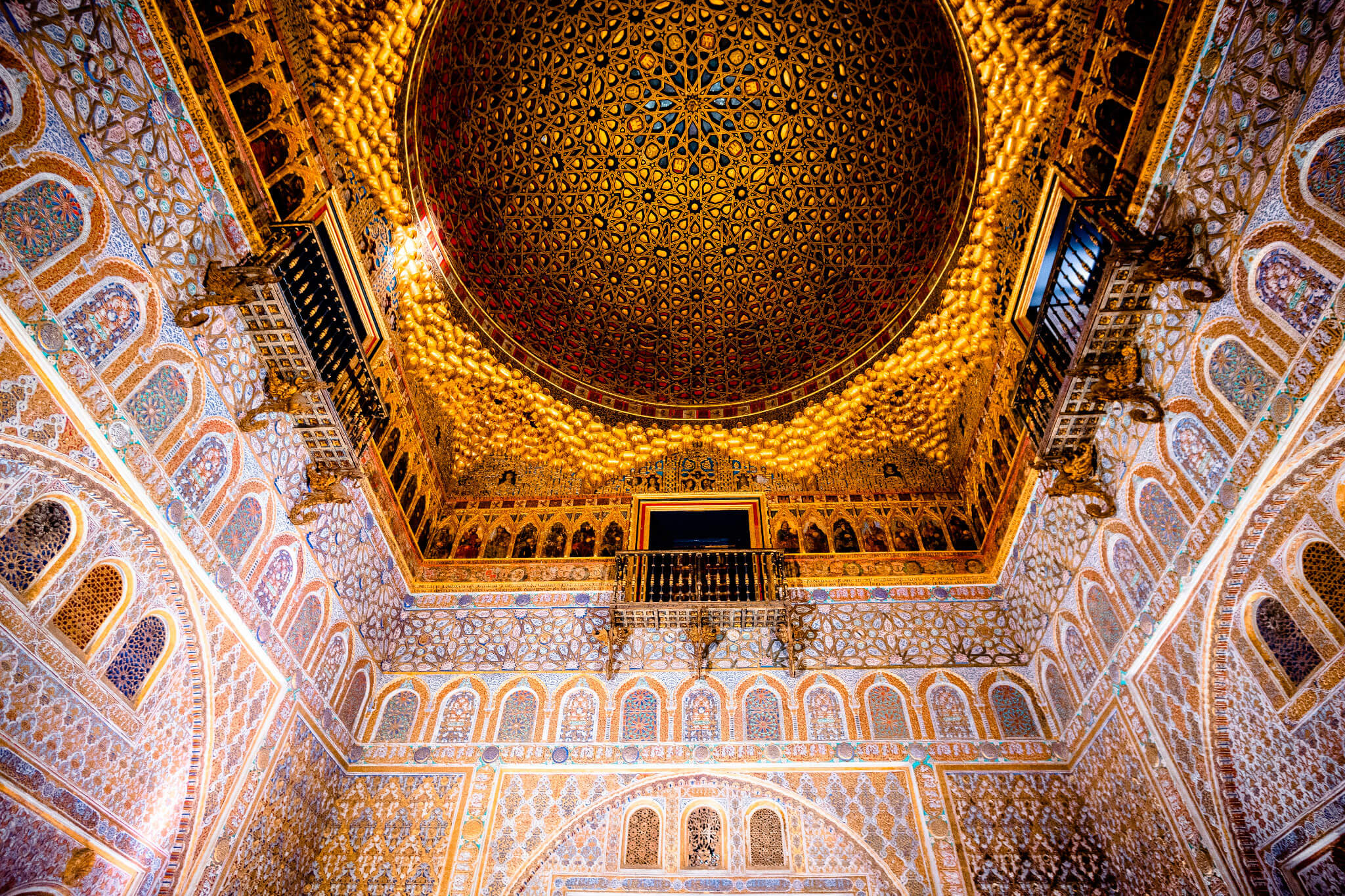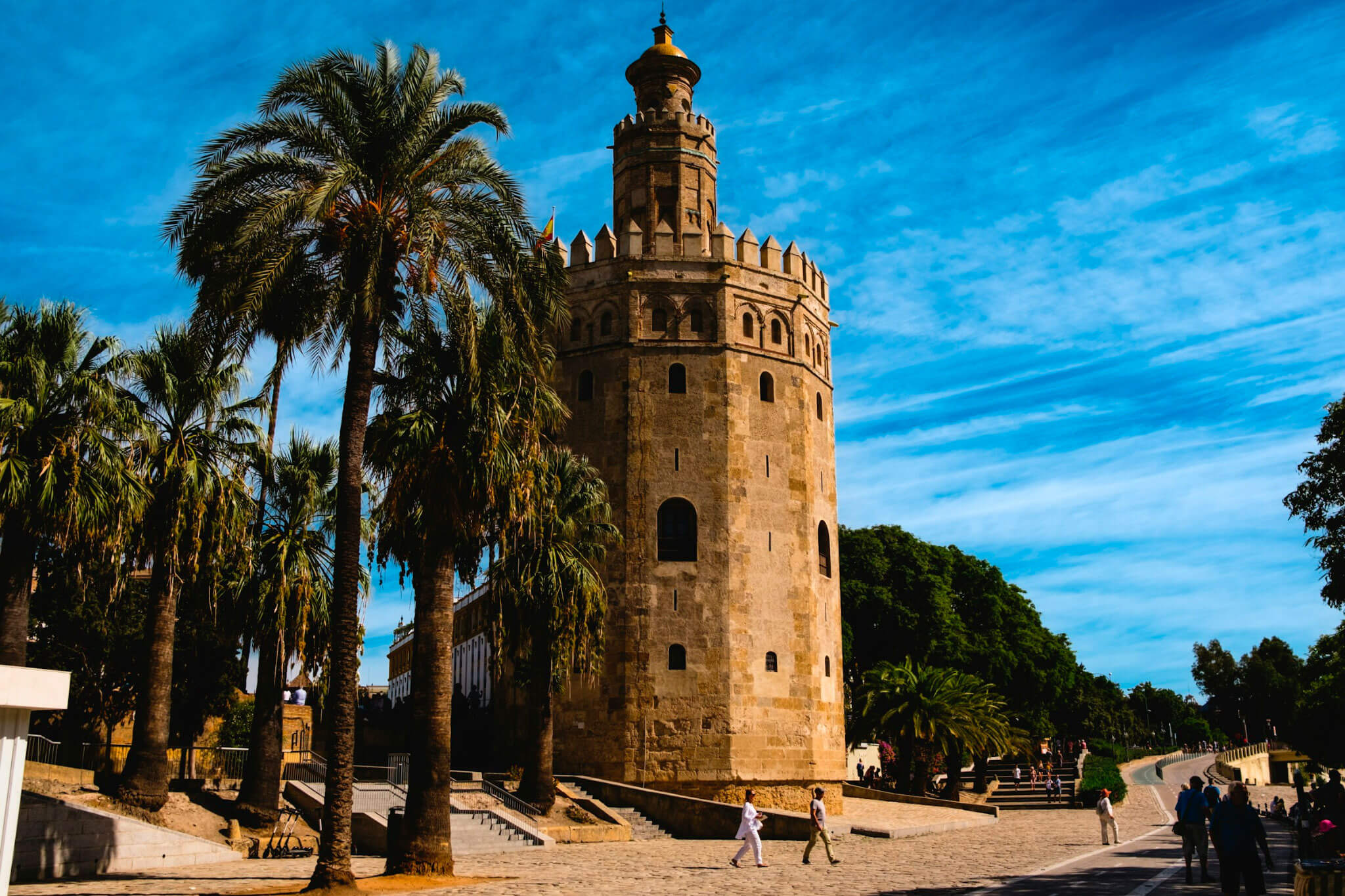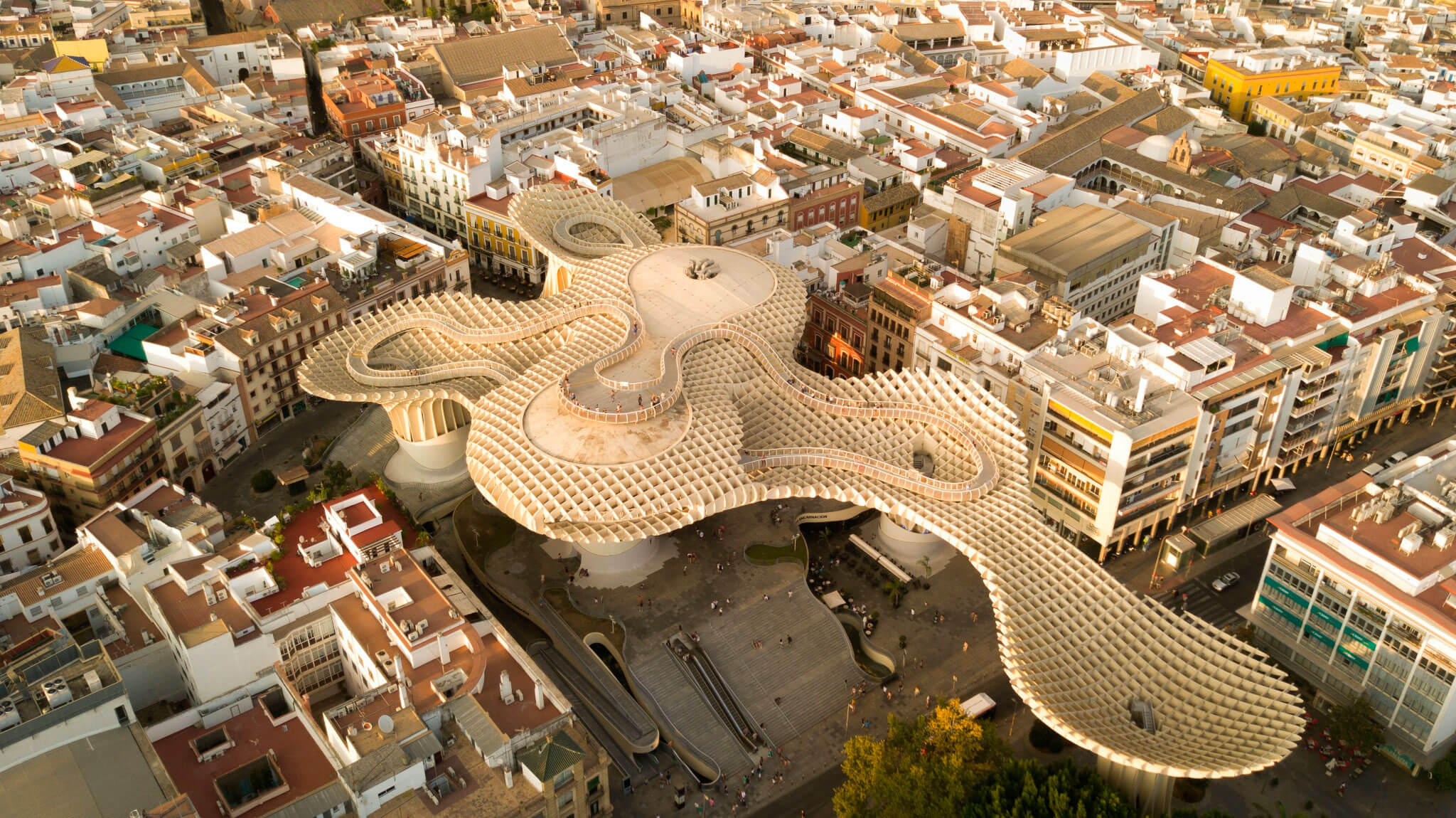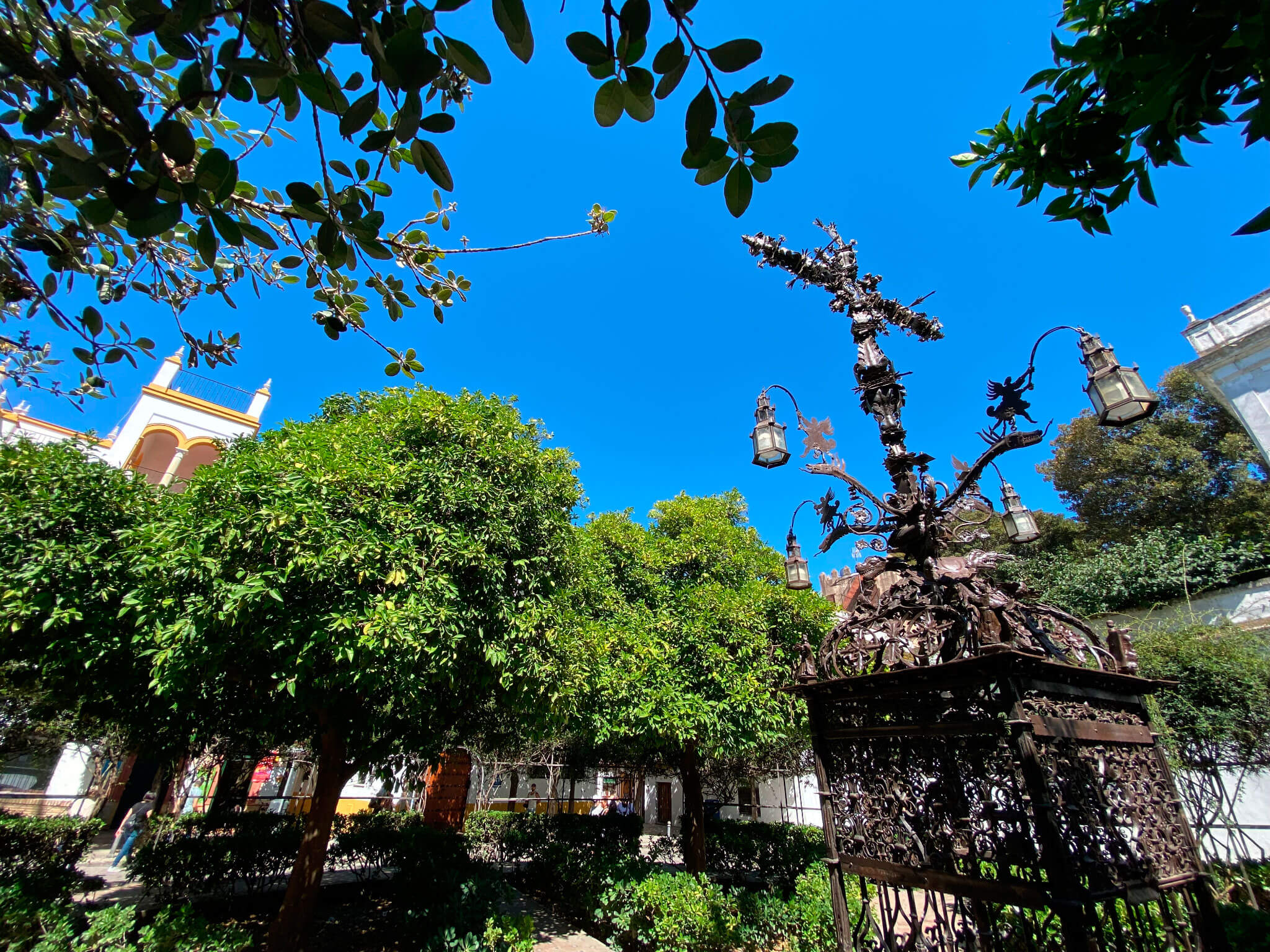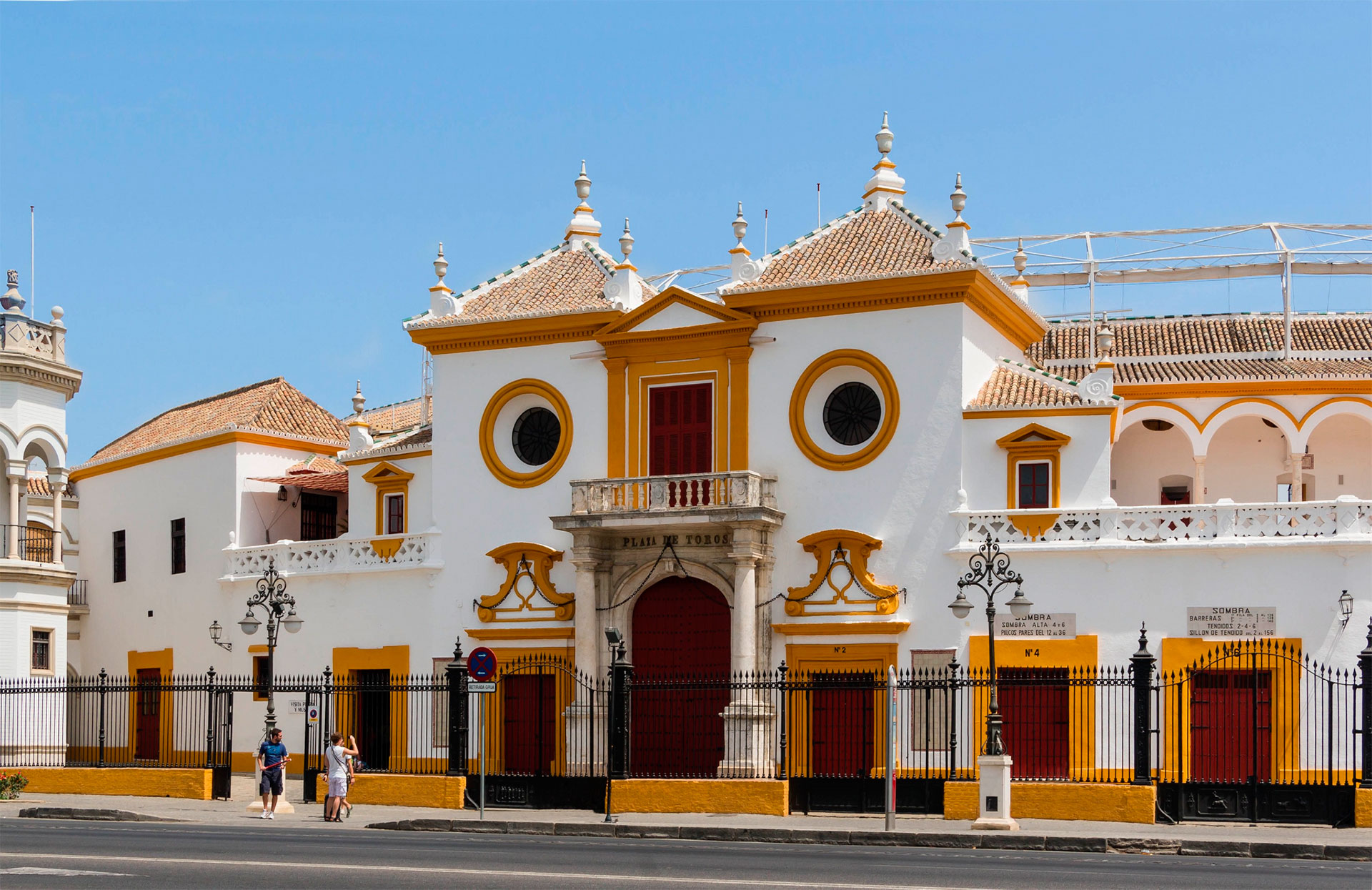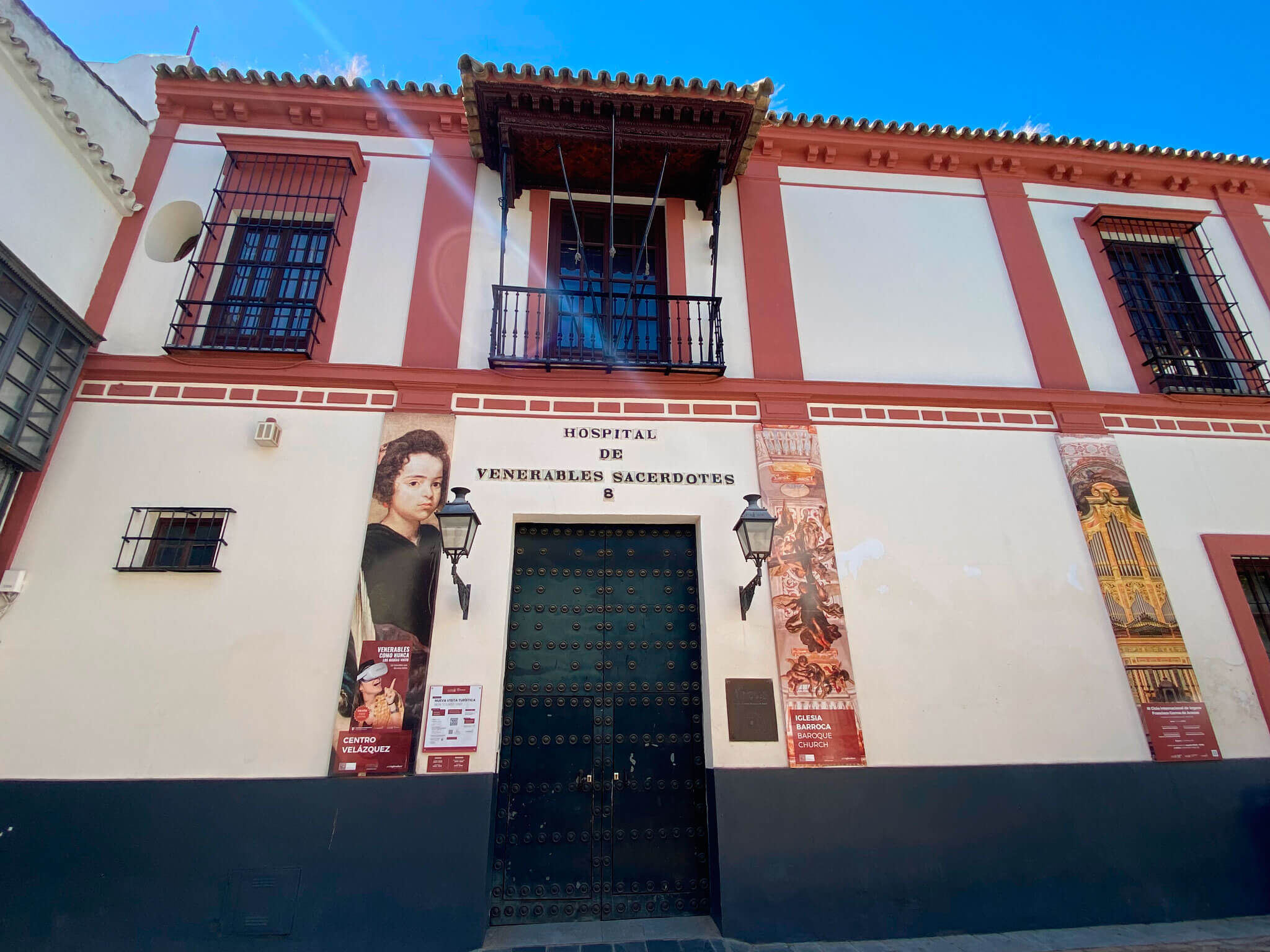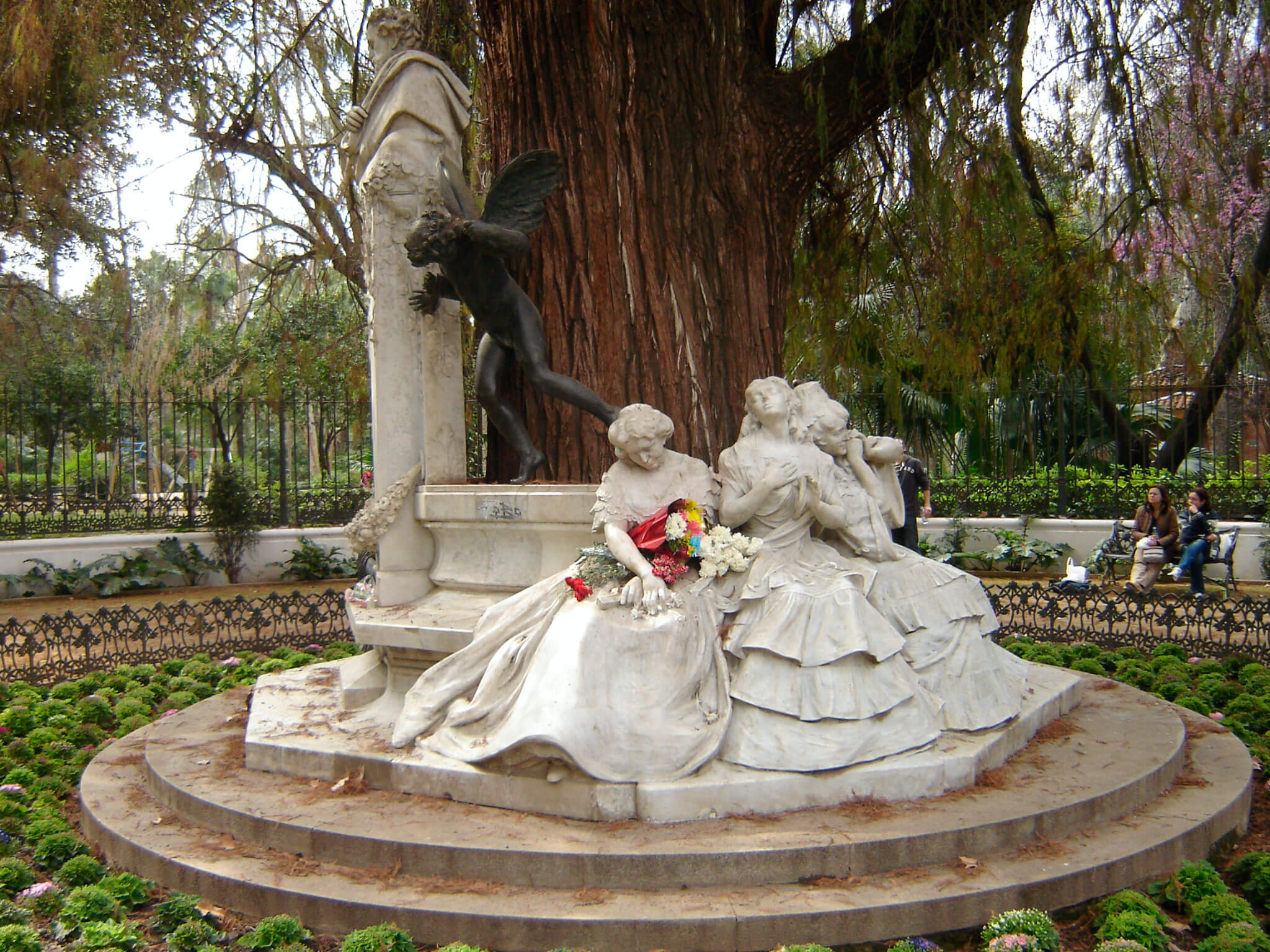Seville, the sunny capital of Andalusia, is a city rich in history, culture, and architectural beauty. Known for its iconic landmarks, picturesque neighborhoods, and vibrant atmosphere, Seville offers an unforgettable experience for all who visit. In this article, we present the 10 must-visit sites in Seville, places that capture the essence of this magnificent city and are absolutely not to be missed during your visit.
1. The Seville Cathedral and La Giralda

History and Architecture
The Seville Cathedral, also known as the Cathedral of Santa María de la Sede, is the largest Gothic cathedral in the world. Built on the site of a former mosque, it reflects Seville’s rich historical and cultural heritage. La Giralda, the cathedral’s bell tower, was originally the minaret of the 12th-century Almohad mosque.
What Not to Miss
Inside the cathedral, you’ll find valuable works of art, ornate chapels and the tomb of Christopher Columbus. Climb the ramps of La Giralda for a spectacular panoramic view of the city. Don’t forget to visit the Patio de los Naranjos, a charming courtyard filled with orange trees adjacent to the cathedral.
Our recommendation: Check the schedules and buy your tickets in advance on the Cathedral’s website, as tickets sell out quickly during the high season.
2. The Alcázar
History and Architecture
The Alcázar of Seville is a royal palace still in use today, making it one of the oldest royal palaces in Europe. This architectural complex is a remarkable example of Mudéjar architecture, combining Gothic, Islamic, Renaissance, and Baroque elements.
What Not to Miss
Stroll through the Alcázar’s magnificent gardens, with their fountains, ponds, and pavilions. Admire the sumptuous halls, such as the Hall of Ambassadors and the Tapestries Hall. Don’t miss the decorative details of the carved wooden ceilings and colorful tiles.
Our recommendation: Just like for the cathedral, check the schedules and buy your tickets in advance on the Alcazar’s website, as tickets sell out quickly during the high season.
3. Plaza de España
History and Architecture
Plaza de España, built for the Ibero-American Exposition of 1929, is an architectural masterpiece of Regionalist style. Designed by architect Aníbal González, this semi-circular plaza is surrounded by a majestic building decorated with ceramic tiles representing Spanish provinces.
What Not to Miss
Rent a boat to navigate the canal that surrounds the plaza and admire the ornate bridges. Stroll under the arcades and discover the ceramic panels representing different regions of Spain. The plaza is also a famous filming location, appearing in movies like Star Wars and Lawrence of Arabia.
4. The Torre del Oro
History and Architecture
The Torre del Oro, or Tower of Gold, is a 13th-century watchtower built by the Almohads to control access to the city via the Guadalquivir River. Its name comes from the golden tiles that once covered it, reflecting the sun’s rays.
What Not to Miss
Today, the Torre del Oro houses a maritime museum where you can learn about Seville’s naval history. Climb to the top of the tower for a breathtaking view of the river and the city. A walk along the banks of the Alfonso XIII Canal will also allow you to appreciate the beauty of this historic site.
5. Metropol Parasol
History and Architecture
The Metropol Parasol, also known as “Las Setas” (the Mushrooms), is a modern wooden structure located in Plaza de la Encarnación. Designed by German architect Jürgen Mayer, it was inaugurated in 2011 and has become a contemporary symbol of Seville.
What Not to Miss
Climb the walkway at the top of the structure for a 360-degree panoramic view of the city. The Metropol Parasol also houses a food market on the ground floor, bars, and restaurants, as well as an underground archaeological museum where you can discover Roman and Moorish remains found on the site.
6. The Santa Cruz Neighborhood
History and Architecture
The Santa Cruz neighborhood is the old Jewish quarter of Seville, known for its narrow streets, whitewashed houses, and flower-filled patios. This picturesque neighborhood is a maze of alleys and quiet squares, perfect for a romantic stroll.
What Not to Miss
Visit Plaza de Santa Cruz, a charming square that gives its name to the neighborhood where an old synagogue once stood. Explore the winding streets and discover hidden corners like Callejón del Agua. Stop at one of the many tapas bars to sample local specialties while enjoying the enchanting atmosphere of the neighborhood.
7. The Triana Neighborhood
History and Architecture
The Triana neighborhood, located on the other side of the Guadalquivir River, is famous for its authentic atmosphere and rich flamenco heritage. This neighborhood has a long tradition of pottery and ceramics, and its streets are lined with artisan shops and lively bars.
What Not to Miss
Visit the Triana Market, a covered market where you can buy fresh produce and local specialties. Explore the ceramic workshops and admire the typical azulejos (ceramic tiles). In the evening, attend a flamenco show in one of the many tablaos in the neighborhood for an unforgettable cultural experience.
8. The Plaza de Toros
History and Architecture
The Plaza de Toros de la Maestranza is one of the most famous bullrings in Spain. Built in the 18th century, it is a magnificent example of Baroque architecture. Bullfighting is an integral part of Andalusian culture, and the Plaza de Toros is where the most prestigious bullfighting events take place.
What Not to Miss
Take a guided tour of the bullring to learn about the history and traditions of bullfighting. The Plaza de Toros museum displays matador costumes, old posters, and other objects related to this controversial but deeply rooted practice in local culture.
9. Hospital de los Venerables
History and Architecture
The Hospital de los Venerables is a 17th-century former hospital located in the Santa Cruz neighborhood. This Baroque building was founded to house elderly and needy priests. Today, it hosts the Velázquez Center, an exhibition dedicated to the works of the famous Sevillian painter Diego Velázquez.
What Not to Miss
Admire the frescoes and murals that decorate the interior of the hospital. Visit the richly decorated Baroque chapel and stroll through the peaceful cloister. The Velázquez Center offers temporary and permanent exhibitions on Spanish art and culture.
10. The María Luisa Park
History and Architecture
The María Luisa Park is Seville’s main green space, offering a haven of peace and nature in the heart of the city. This park was designed for the Ibero-American Exposition of 1929 and is a perfect example of Andalusian landscape style, with its shaded paths, fountains, and pavilions.
What Not to Miss
Stroll through the lush gardens and discover the numerous monuments and sculptures scattered throughout the park, such as the Fountain of the Lions and the Monte Gurugú. Rent a bike to explore the park in a fun way. The park also houses several museums, including the Archaeological Museum and the Museum of Popular Arts and Customs.
Seville is a city that captivates its visitors with its unique blend of tradition and modernity. From architectural masterpieces like the Cathedral and the Alcázar to the lively neighborhoods of Santa Cruz and Triana, every corner of the city tells a rich and captivating story. By exploring these 10 must-visit sites, you will discover the soul of Seville, a city where every street, square, and monument breathes history and culture. Get ready to be amazed by the beauty and diversity of this unforgettable Andalusian destination.

